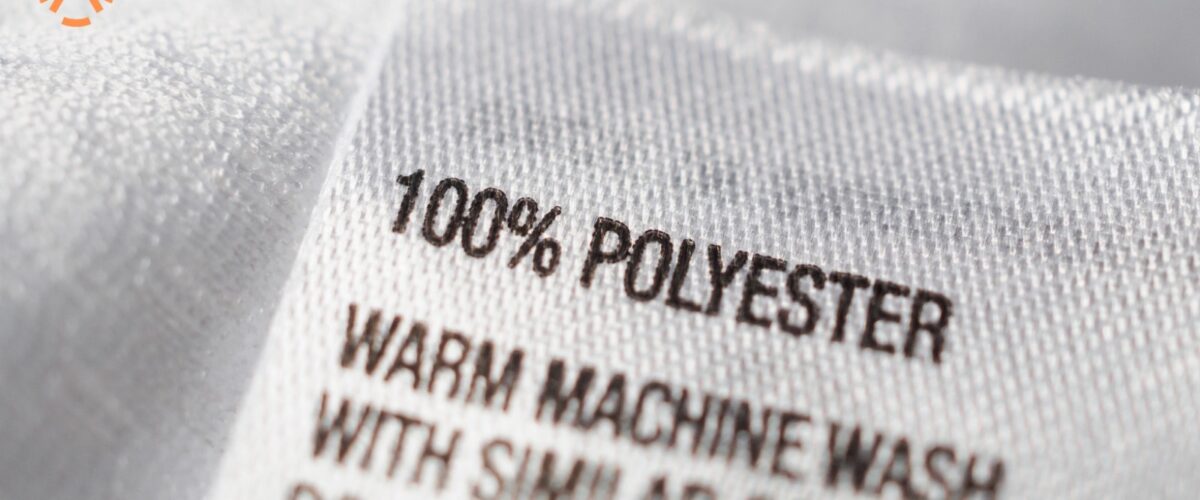Ethylene Glycol in the Cosmetics Industry: Unveiling Its Applications
Introduction
In the realm of cosmetics, where innovation and efficacy reign supreme, ethylene glycol stands as a pivotal ingredient. This article explores the multifaceted role of ethylene glycol in cosmetics, shedding light on its applications, benefits, and implications for both consumers and the industry at large.
Define the Role of Ethylene Glycol
Ethylene glycol, a colorless and odorless liquid, serves as a versatile ingredient in cosmetic formulations. Its unique properties make it indispensable in various cosmetic products, ranging from skincare to haircare.
Importance of Ethylene Glycol in Cosmetics
Understanding the significance of ethylene glycol in cosmetics underscores its widespread use and contribution to product efficacy and consumer satisfaction.
Types and Categories
Different Forms of Ethylene Glycol
- Monoethylene Glycol (MEG)
- Primary form used in cosmetics.
- Solvent properties enhance product stability.
- Diethylene Glycol (DEG)
- Secondary form with similar solvent properties.
- Occasionally utilized in specific formulations.
- Triethylene Glycol (TEG)
- Less common in cosmetics.
- Limited applications due to viscosity issues.
Varieties of Cosmetic Products Utilizing Ethylene Glycol
- Skincare
- Lotions, creams, and serums.
- Humectant properties aid in moisturization.
- Haircare
- Shampoos, conditioners, and styling products.
- Enhances product spreadability and texture.
- Color Cosmetics
- Foundations, concealers, and lip products.
- Ensures smooth application and long-lasting wear.
Symptoms and Signs
Recognizing Ethylene Glycol in Cosmetics
- Invisible Presence
- Typically listed as an ingredient rather than a standalone component.
- Requires knowledge of chemical names or identifiers.
Potential Side Effects
- Skin Irritation
- Rare, but possible in individuals with sensitivities.
- Dilution mitigates adverse reactions.
- Eye Irritation
- Contact with eyes may cause discomfort.
- Rinse thoroughly with water in case of contact.
Causes and Risk Factors
Origins of Ethylene Glycol in Cosmetics
- Manufacturing Process
- Synthesized from ethylene oxide.
- Quality control measures ensure purity and safety.
Risk Factors Associated with Ethylene Glycol Use
- Allergies
- Pre-existing sensitivities may heighten risk.
- Patch testing recommended for sensitive individuals.
- Misuse or Overuse
- Excessive application may exacerbate adverse effects.
- Adherence to recommended usage guidelines is crucial.
Diagnosis and Tests
Identifying Ethylene Glycol Content in Cosmetics
- Ingredient Lists
- Mandated inclusion facilitates consumer awareness.
- Allows individuals to make informed choices based on personal preferences or sensitivities.
Laboratory Analysis
- Specialized Testing
- High-performance liquid chromatography (HPLC) or gas chromatography-mass spectrometry (GC-MS).
- Confirms presence and concentration of ethylene glycol.
Treatment Options
Addressing Adverse Reactions
- Discontinue Use
- Cease application if irritation occurs.
- Switch to alternative products without ethylene glycol content.
- Symptomatic Relief
- Topical treatments for skin irritation.
- Eye drops or saline solution for ocular discomfort.
Preventive Measures
Ensuring Safe Usage
- Patch Testing
- Apply small amount of product to skin for evaluation.
- Assess for any adverse reactions before full application.
- Follow Product Guidelines
- Adhere to recommended usage instructions.
- Avoid excessive or prolonged contact with cosmetics containing ethylene glycol.
Personal Stories or Case Studies
Real-life Experiences with Ethylene Glycol in Cosmetics
- Consumer Testimonials
- Positive feedback on product efficacy.
- Occasional reports of mild irritation, promptly resolved upon discontinuation.
Expert Insights
Perspectives from Cosmetic Chemists
- Formulation Considerations
- Balancing efficacy with safety in product development.
- Ethylene glycol’s role in achieving desired product attributes.
Conclusion
In summary, ethylene glycol emerges as a valuable component in the cosmetics industry, contributing to product performance and consumer satisfaction. Understanding its applications, potential risks, and preventive measures empowers consumers to make informed choices and enjoy the benefits of ethylene glycol-enhanced cosmetics.
Written by Emir Narin

